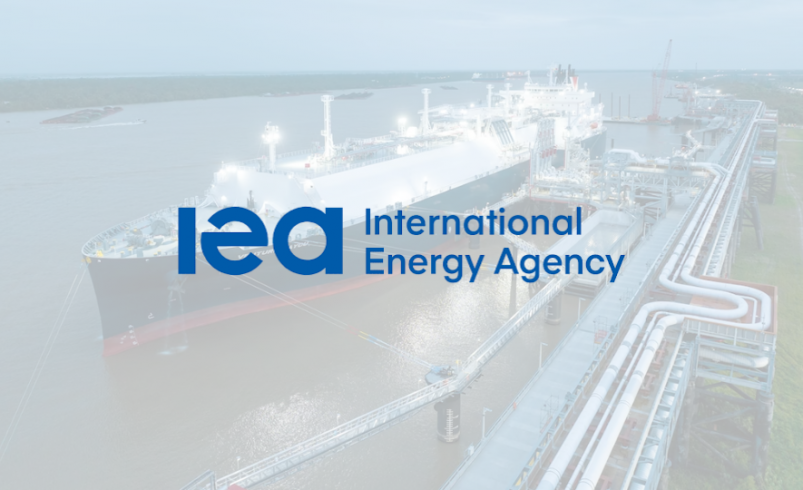IEA warns of looming LNG glut, new power-security risks in ‘Age of Electricity’
- November 14, 2025
- 0

The International Energy Agency (IEA) warned that the rapid global shift toward electricity is creating a new set of energy-security challenges, including a looming LNG oversupply and heavy concentration in critical-minerals refining–issues with direct consequences for fast-growing Asian markets such as the Philippines.
In its World Energy Outlook (WEO) 2025 report released Wednesday, the IEA said the combination of higher electricity demand, volatile fuel markets and concentrated supply chains is reshaping global risks. It emphasised that the “Age of Electricity” has already arrived, with power demand rising “more than twice as fast as total final energy consumption across all our scenarios.”
IEA Executive Director Fatih Birol said the simultaneous pressure across fuels and technologies marks a rare moment of systemic vulnerability. “When we look at the history of the energy world in recent decades, there is no other time when energy security tensions have applied to so many fuels and technologies at once — a situation that calls for the same spirit and focus that governments showed when they created the IEA after the 1973 oil shock,” he said.
The WEO projects that roughly 300 billion cubic metres of new LNG export capacity will come online by 2030, a 50% jump in global supply. About half of the new capacity is being built in the United States and 20% in Qatar.
With demand growth slowing, the IEA said global markets could face an LNG overhang of around 65 bcm in 2030 under its Stated Policies Scenario. This would tilt market power toward buyers and could reshape pricing and contracting strategies across Asia, which remains the key demand center for imported LNG.

According to the report, these trends carry weight for the Philippines, where private developers are rolling out new LNG terminals and positioning the fuel as a mid-term transition option. A more liquid global market could ease price pressures — but also heighten competition for long-term supply as established buyers lock in favorable terms.
The IEA underscored risks from supply-chain concentration, noting that “a single country is the dominant refiner for 19 out of 20 energy-related strategic minerals, with an average market share of around 70%.”
It warned that global efforts to scale batteries, solar manufacturing and grid equipment could be slowed unless countries diversify refining and processing capacity. For Southeast Asia, a growing hub for battery, EV, and solar component investments, the challenge is securing stable access to refined materials while navigating geopolitical pressures.
The report also highlighted a mismatch between booming investment in clean generation and slower spending on power networks. Grid investment, it said, has grown at “less than half the rate” of investment in renewables, raising the risk of bottlenecks, curtailment and slower electrification.
This finding mirrors concerns in the Philippines, where transmission congestion and interconnection delays have constrained renewable-energy uptake and contributed to tight supply margins.
The IEA noted the rising role of data-center loads, particularly in advanced economies and China. It said that “the Age of Electricity” is characterized by fast-growing demand from digital infrastructure and cooling, intensifying pressure on grid capacity and flexibility.
For the Philippines, where hyperscale projects and AI-driven data-center investments are expanding, the trend strengthens the case for accelerated grid upgrades, storage deployment and demand-side management.
“The world has entered the Age of Electricity… We need to ensure that electricity is secure, affordable and sustainable for all,” Birol said.
What opportunities or risks do you see for the Philippines in the IEA’s findings — particularly around LNG, minerals, or grid readiness? Let’s discuss.
Follow Power Philippines on Facebook and LinkedIn or join our Viber community for more updates.